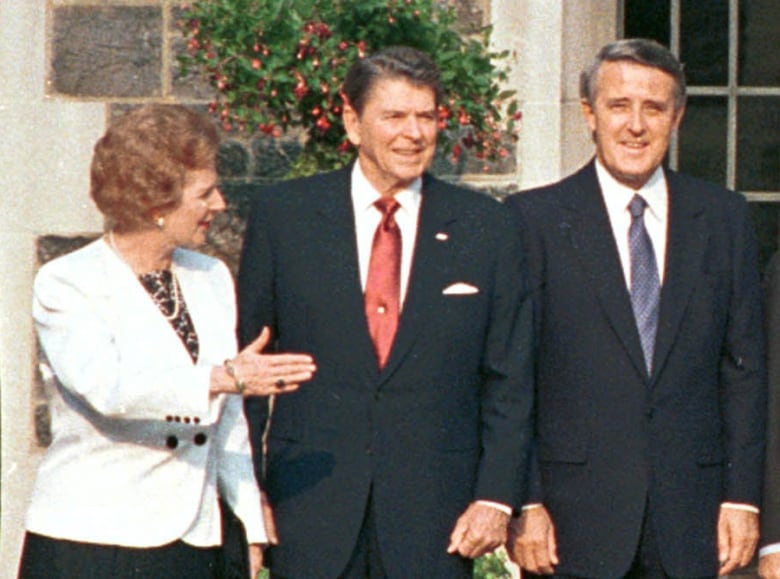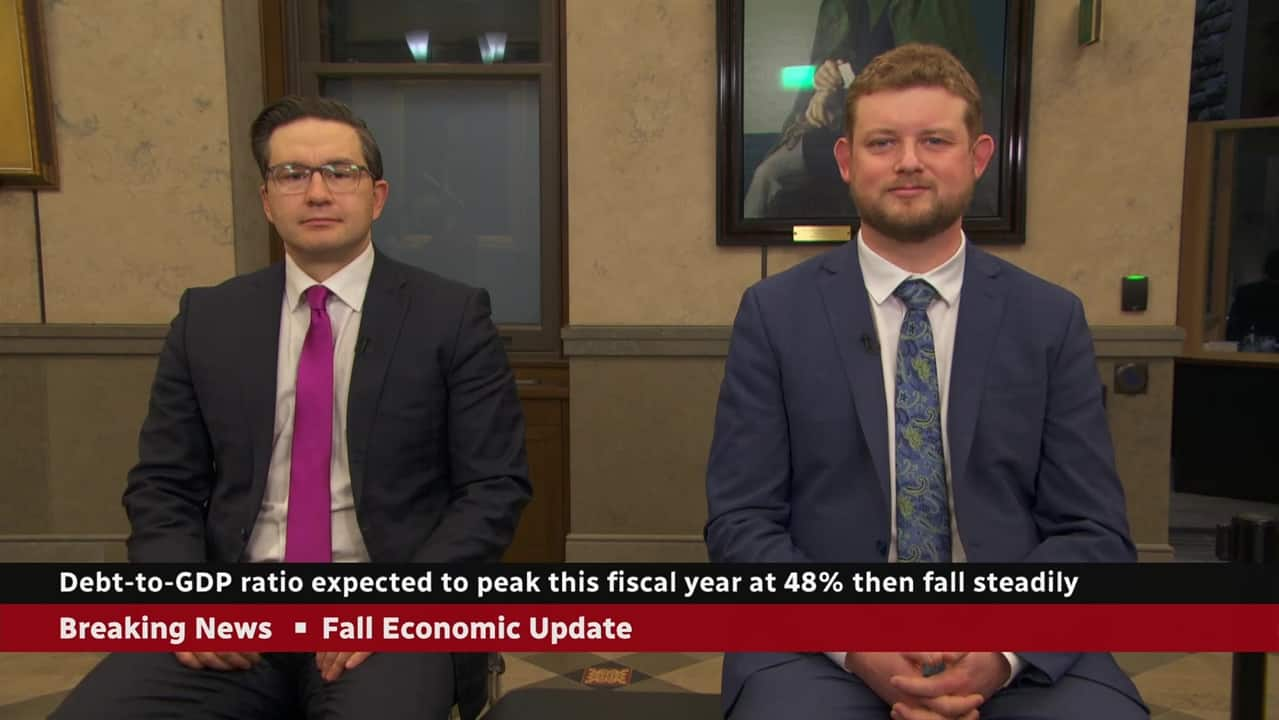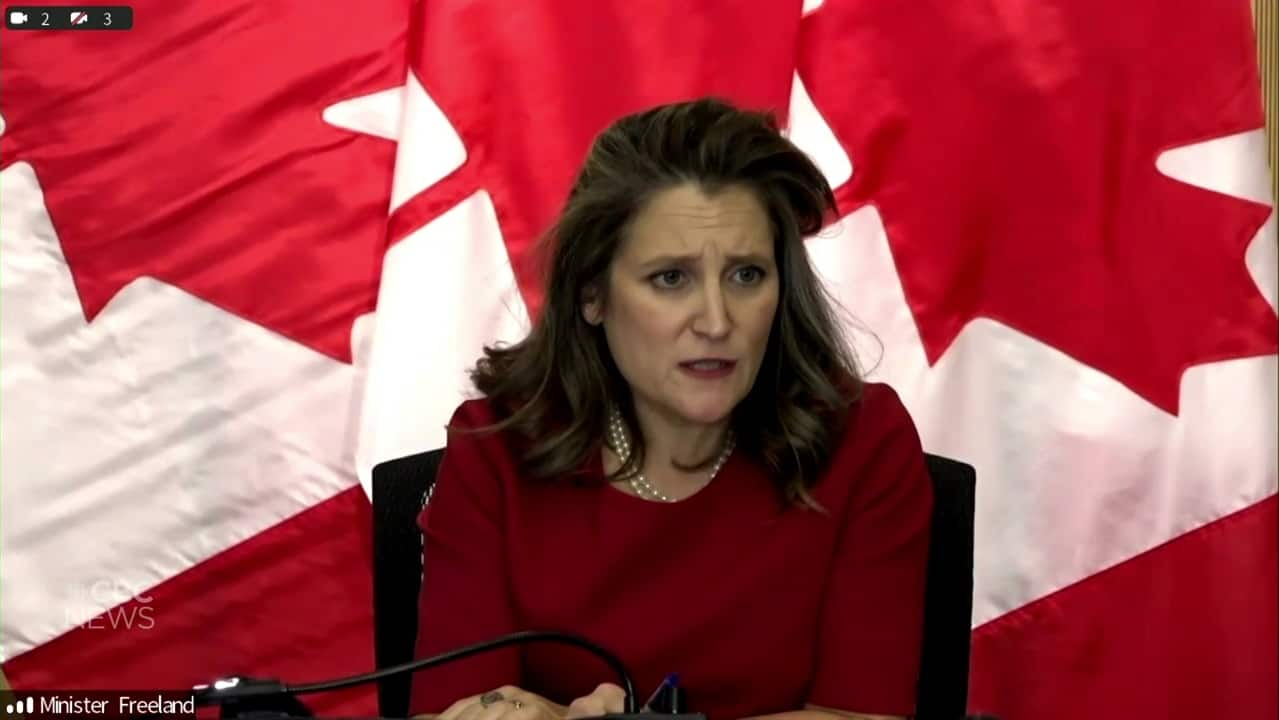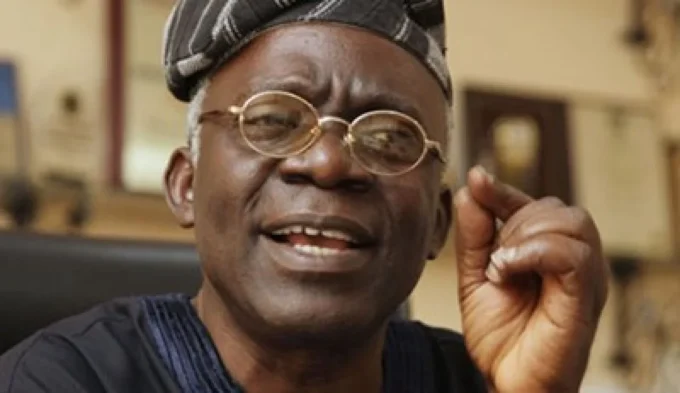Finance Minister Chrystia Freeland softly touted Tuesday’s economic and fiscal update as a document that does what it says on the tin.
“Look, this fiscal update is what the title says. It’s a fiscal update of where we are in the economy today and it includes the measures that we believe are urgent and necessary right now,” she told reporters shortly before appearing before the House of Commons.
This was “not the master plan for the Canadian economy going forward,” she said. That plan, she added, “will be in the budget.”
Tuesday’s update is a bridge between the 2021 and 2022 budgets and represents a brief chapter in a longer story about the role of government in the post-pandemic world.
Pierre Poilievre, the Conservative finance critic, called Freeland the “minister for inflation” yesterday and repeated his claim that “half a trillion dollars of inflationary deficits means more dollars chasing fewer goods and higher prices.”
WATCH: Opposition MPs respond to the fiscal update
Conservative Finance Critic Pierre Poilievre and NDP Finance Critic Daniel Blaikie joined Power & Politics Tuesday to react to the Liberal government’s economic and fiscal update. 10:21
Conservative Leader Erin O’Toole called the fiscal update “another hollow economic statement” of “empty promises, massive debt, higher taxes and no real economic plan.”
There was new spending in Tuesday’s update — the kind Freeland’s opponents might find hard to attack.
As promised on Monday, the fiscal update earmarks $40 billion to address Canada’s failure to provide for Indigenous children and to reform the child welfare system. It sets aside $5 billion to respond to flooding in British Columbia and another $4.5 billion to deal with whatever the omicron variant brings. There’s also $7.4 billion for vaccine procurement, $1.7 billion for rapid tests and $2 billion for therapeutics.
“I don’t think any Canadian will regret our spending on things like rapid tests, on things like therapeutics,” Freeland told reporters.
WATCH: Freeland presents fiscal update
Finance Minister Chrystia Freeland presented a fall fiscal update focused on COVID-19 measures to support the economy. 2:05
Higher-than-expected revenues more than offset the new spending, resulting in deficit projections smaller than the ones Freeland tabled in the spring. The Liberal government now projects a deficit of $144.5 billion for the current fiscal year and $58.4 billion for next year. By 2025-2026, the shortfall could be down to $22.7 billion — just slightly more than it was in 2018.
Deficits in that range would also be smaller than those the Conservatives said they would run if they formed a government after the last election.
But those deficit projections are also provisional — the government’s accounting does not yet include any of the new tax or spending commitments the Liberals presented in their own election platform. Sooner or later, the federal government might also be compelled to deal with the perennial plea from the provinces for a new long-term agreement on health care funding.
A ‘global phenomenon’ with local consequences
In the meantime, Freeland said, the government is “mindful” of the great pocketbook issue of the moment: “elevated inflation.” But Freeland also continues to point out that the problem is a “global phenomenon” that can be traced back to the pandemic, choked supply lines and high gas prices.
So it shouldn’t be surprising that the government isn’t rewriting its entire approach to the Canadian economy. There is $50 million to help ease supply chain problems, but for now the Liberals are emphasizing what they’ve been doing: making deals with almost every province to expand child care access, indexing major social supports to inflation and renewing the Bank of Canada’s mandate to target two per cent inflation.
It helps the Liberal cause that the Conservatives don’t have easy answers to inflation either. Poilievre has suggested freezing Canadian Pension Plan premiums and delaying an increase in the federal carbon price (the carbon price is largely revenue neutral because it’s returned to consumers through a federal rebate).
But if inflation is still burning holes in Canadians’ pockets next spring, it might get harder for the government to insist that this too shall pass.
Throwback politics
High inflation in the 1970s (much higher than it is now) helped to usher in the austerity politics of Ronald Reagan and Margaret Thatcher in the 1980s. While the pandemic might mark the end of the Reagan-Thatcher consensus, Poilievre and O’Toole now seem keen to revive the argument that government spending is at the root of all problems — no matter how many economists say federal spending is not to blame for the current inflation.
Complaining about too much spending is always easier in the abstract.

According to figures in the last budget, annual federal funding for Indigenous peoples and communities was set to increase from a little over $11 billion in 2015-2016 to more than $24 billion in 2021-2022 — and that was before the latest commitment to fix child welfare. Should that funding be deferred?
A few months ago, the Conservatives campaigned against the Liberal promise of new funding for child care. By the next election, those new child care spaces should be much less theoretical.
But no government can assume it’s always perfectly safe to spend even a dollar more.
The Liberal government has only slightly reversed a three-decade long decline in federal program spending as a share of GDP — it was 18.3 per cent in 1984, fell to 12.3 in 2014 and is now projected at 14.9 for 2026. But the political and fiscal shibboleths of the 1980s and 1990s won’t go quietly. And this new rush of inflation is a reminder that economic troubles like higher prices or slow growth can turn government spending into an inviting target.
All of which means the political stakes that hang over next year’s budget might be nearly as heavy as the very real problems — from the pandemic to housing costs to climate change — that Freeland’s master plan will have to confront.















Leave a comment